FORT LEWIS, Wash. - Though many years have passed since horse-mounted U.S. Soldiers have seen the battlefield, the traditions of cavalry units past forge on throughout the Army still today.
Soldiers of 8th Squadron, 1st Cavalry Regiment continued the cavalry custom of earning their spurs Nov. 24-25 during the squadron's Spur Ride.
A Spur Ride serves as a right of passage for Soldiers in a cavalry unit to earn a set of silver spurs to wear on their boots usually during ceremonies. Gold spurs are given to those who deploy to a combat zone with a cav unit.
A modern day Spur Ride, though varying from unit to unit, typically is comprised of two days-worth of events designed to test Soldiers' physical and mental strength as well as their ability to work together as a group.
The original Spur Ride, however, was a bit more individualistic and trying.
"Back in the old horse cavalry days, when a new trooper would come into the unit, he would have an apprenticeship for a while before he was tested and ready to go into battle," said Capt. John Womack, 8-1 Cav's Headquarters and Headquarters Troop commander who has participated in two Spur Rides.
"To prove himself, at the end of his training time, they would send him out into the desert with his horse for three days and he had to keep himself and his horse alive. The theory was, when they came back, they had bonded, horse and rider, and they knew that he was ready to go into battle with that bond between horse and rider, that was important in the cavalry," Womack said. "At that point, they earned the right to literally wear the spurs and to ride his horse in combat."
The Troopers of 8-1 Cav began their version of the Spur Ride by tackling, in groups of four or five, most of the obstacles at the confidence course on North Fort.
Soldiers going through the Spur Ride were addressed as "Spur Candidate," while those already holding spurs were called "Spur Holder." This was done regardless of rank.
The groups then moved on to Training Area 10 for a six-point land navigation test at which groups were tested in a variety of soldiering skills including: assembly and disassembly of small arms, call for indirect fire, reacting to sniper fire during a patrol lane, performing a medivac, setting up a communications station and filling out a range card at a defense lane.
"I think the casualty evacuation lane was kind of tough because we were already tired," said Sgt. Blake Selesnew of D Troop. "We had to render first aid and run an IV on one of the guys in the team, then we had to drag him with a Skedco about 300 meters. Then it was dark, so then we were doing some night land navigation."
The Soldiers then moved on to two different ranges where they performed short-range marksmanship skills, disassembled and reassembled an M-240, an M-249 and an M-2, and then fired the M-240.
After setting up operation posts and pulling guard all night at that position, the Spur candidates set off on a 12-mile ruck sack march, which concluded at forward operating base Eagle off East Gate Road.
"It was challenging," said 1st Lt. Ryan Mabry of A Troop. "It was a gut check, that's for sure. It built a lot of camaraderie. We started off not knowing each other, but we know each other pretty well now."
When asked what the toughest part of the two-day event was, Mabry's group collectively agreed on the march.
Mabry said finishing the Spur Ride makes him feel like he's part of the team now, which he said is "a big deal for us cav guys."
Being part of that team is precisely what earning their spurs is all about according to squadron commander Lt. Col. William Clark.
"It's about junior Soldiers joining the brotherhood of the cavalry, which is significant to us," Clark said. "When you're a cav guy, you're the first guy on the battlefield and the last guy off so you've got to develop that bond, that brotherhood, so you can trust each other."
Though the estimated 40 or 50 kilometers covered during this Spur Ride may not have been quite as rough as three days of solitude in the desert with a horse, the Spur candidates of 8-1 Cav can now call themselves Spur Holders, and hold their heads high knowing they've done their part in continuing a long-standing cavalry tradition.
Matt Smith is a reporter with Fort Lewis' Northwest Guardian.
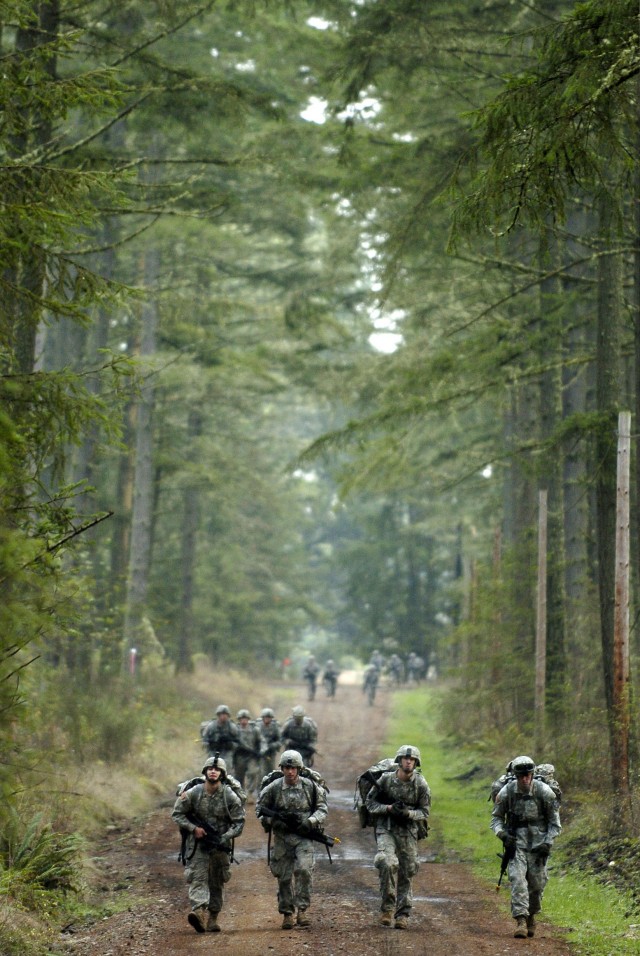
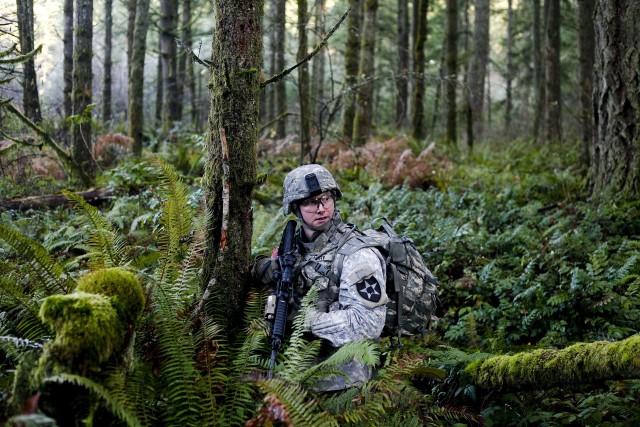
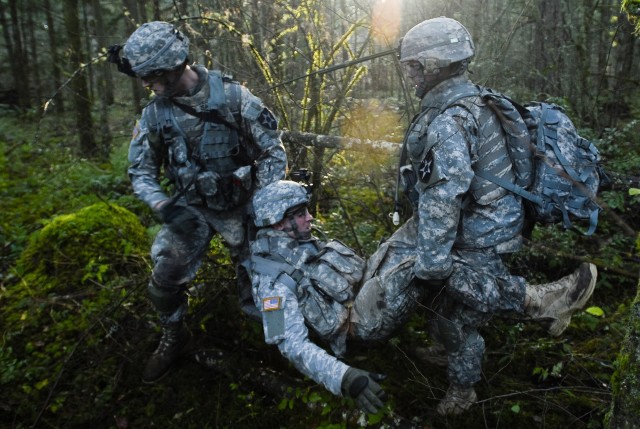

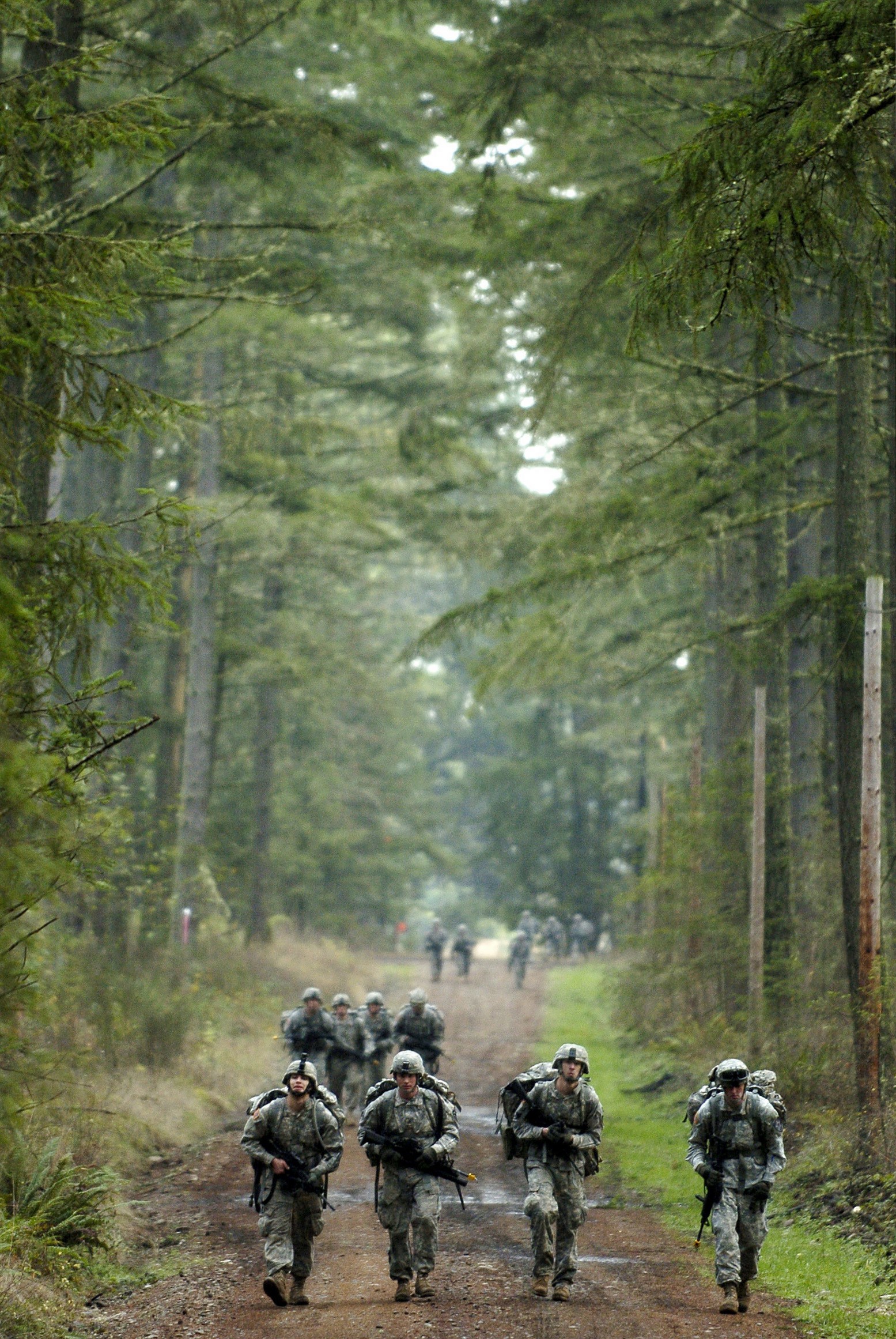

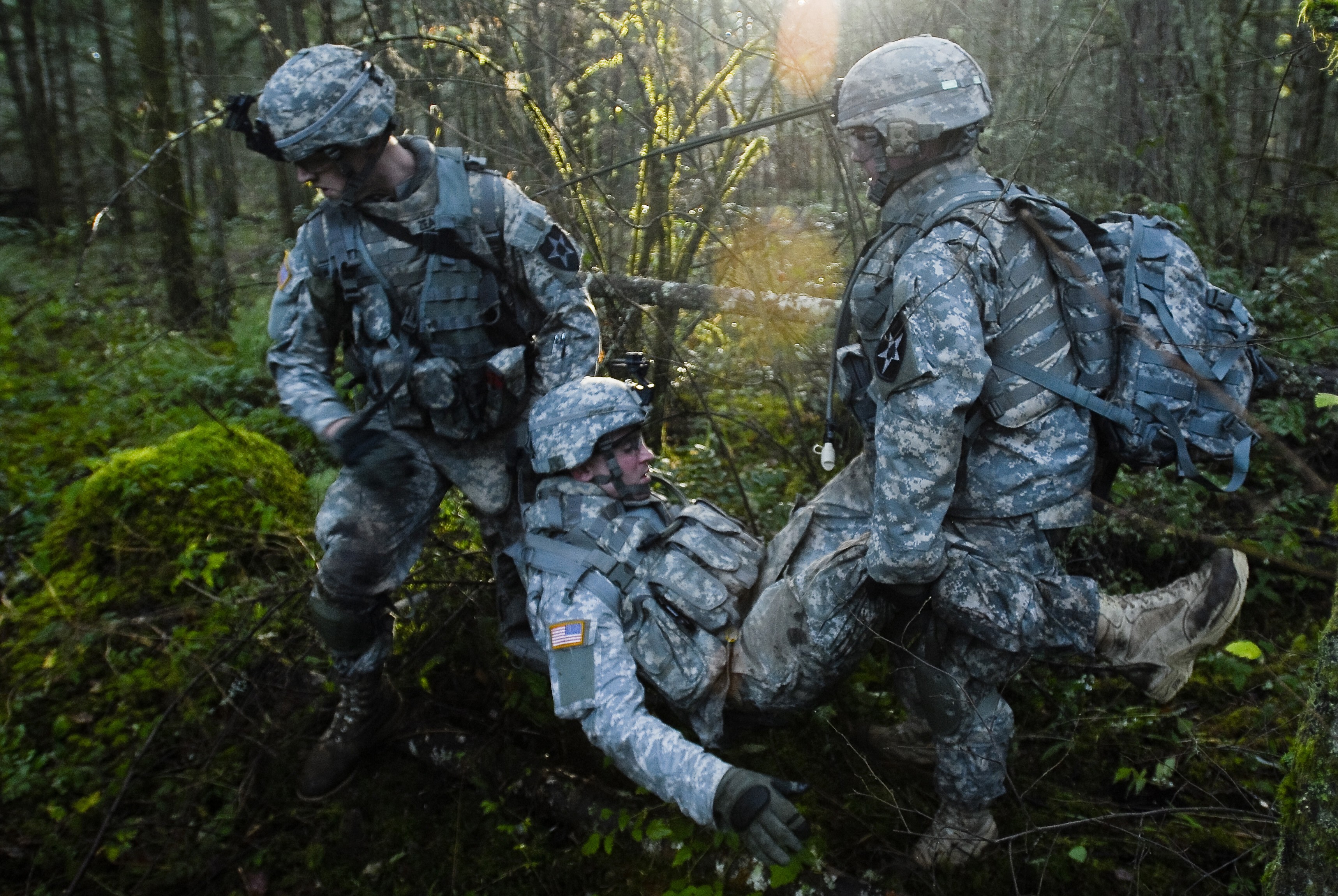
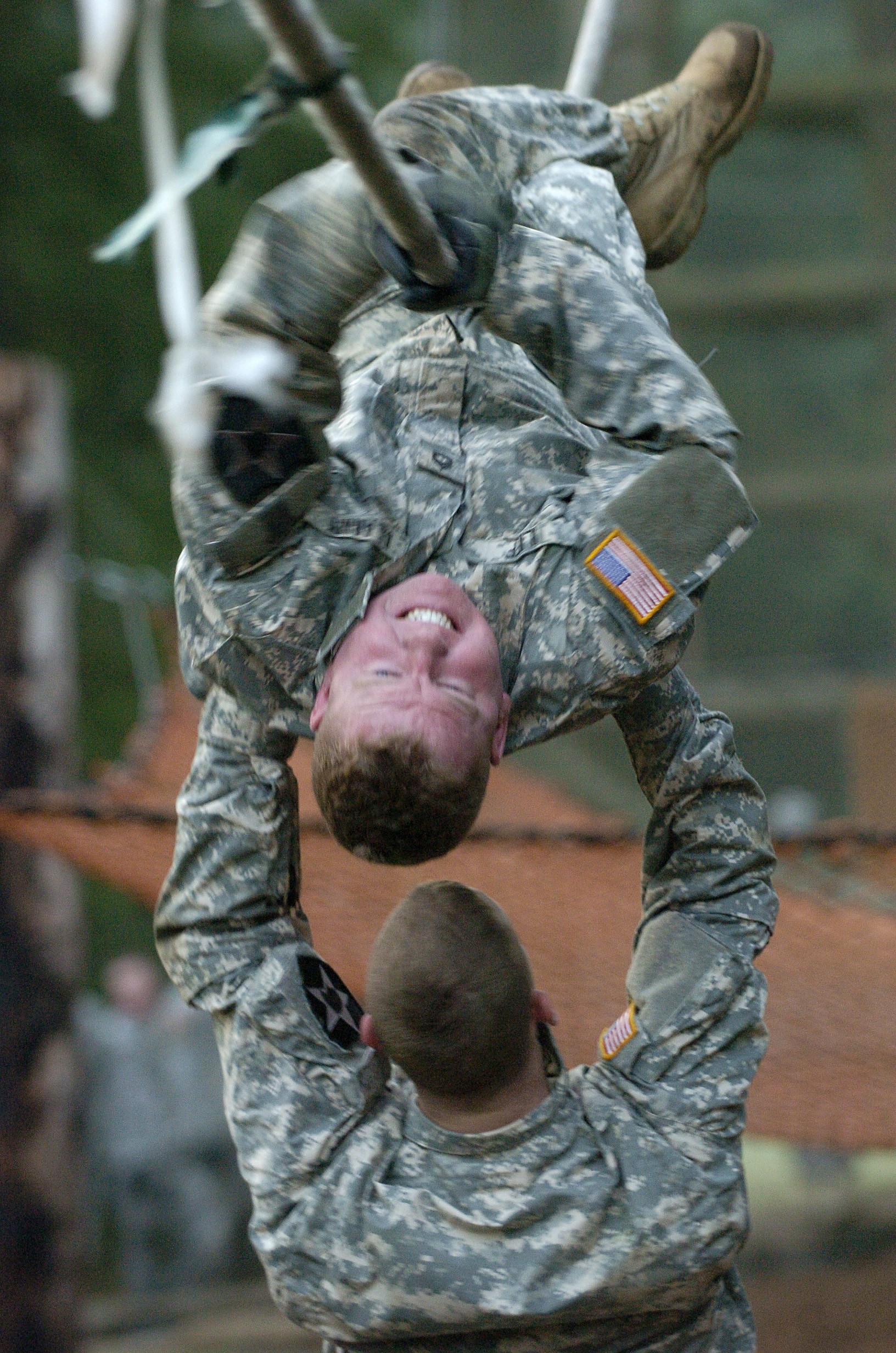
Social Sharing